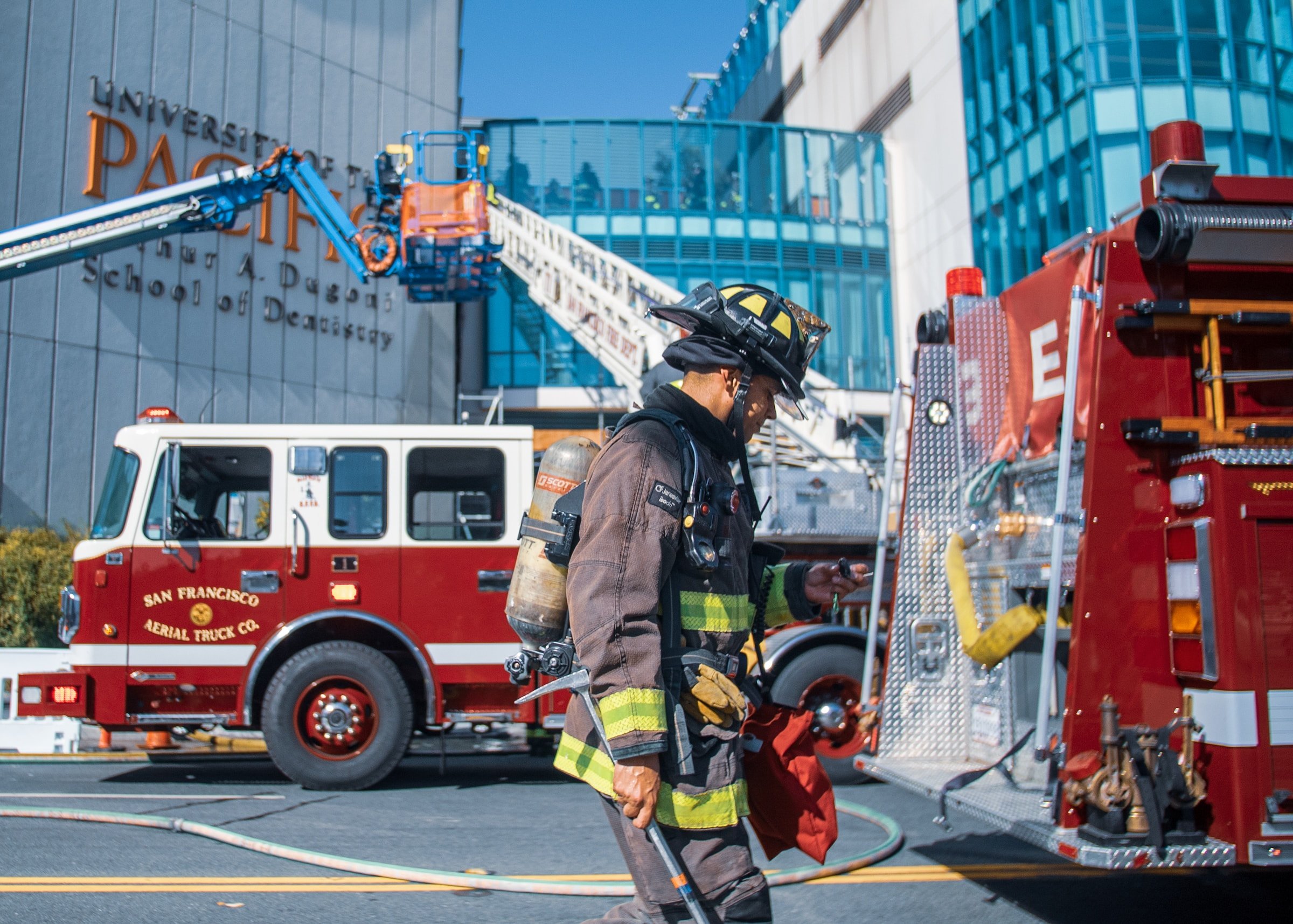
Smart mobility firm Cruise is aiming to improve safety by enhancing how its robotaxis handles interactions with emergency vehicles.
Cruise has amassed a wealth of data of over five million miles of driverless journeys that it uses to demonstrate the capacity of autonomous vehicles to enhance road safety when compared to conventional human driving. However, there are documented cases of autonomous vehicles getting in the way of emergency responders to various situations.
The company says it has proactively engaged with law enforcement agencies, Emergency Medical Services (EMS), fire officials, and other city stakeholders to understand their needs better. These collaborations have led to innovative solutions designed to minimise operational impact, enhance predictability, and expedite responses during emergencies.
Key innovations include pre-emptive slowing down of autonomous vehicles upon detecting emergency vehicle sirens, improved prediction algorithms for emergency vehicle behaviours at intersections, and enhanced recognition systems for identifying emergency scenes and bypassing obstacles like double-parked emergency vehicles.
Additionally, Cruise has implemented multiple alert notifications in collaboration with police and fire departments to facilitate timely updates on emergency situations. The company’s commitment to transparency and cooperation is further exemplified by its open communication channels with first responders, allowing for continuous feedback and refinement of its autonomous vehicle technology.
While Cruise’s innovations have significantly improved emergency responses, the company remains cognisant of the unpredictable nature of emergencies. As a result, operational modifications have been made to swiftly clear emergency scenes.
Cruise has introduced conditional routing capabilities to assist with vehicle manoeuvring as directed by law enforcement and has allowed first responders to manually move autonomous vehicles in emergency situations.
Cruise’s latest updates aim to demonstrate its commitment to continuous improvement and underscore its mission to use autonomous technology to be a net benefit to road safety.
(Photo by Philip Wyers on Unsplash)
See also: BT unveils UK’s first ‘Drone SIM’ to revolutionise BVLOS operations

Want to learn about the IoT from industry leaders? Check out IoT Tech Expo taking place in Amsterdam, California, and London. The comprehensive event is co-located with Digital Transformation Week.
Explore other upcoming enterprise technology events and webinars powered by TechForge here.






